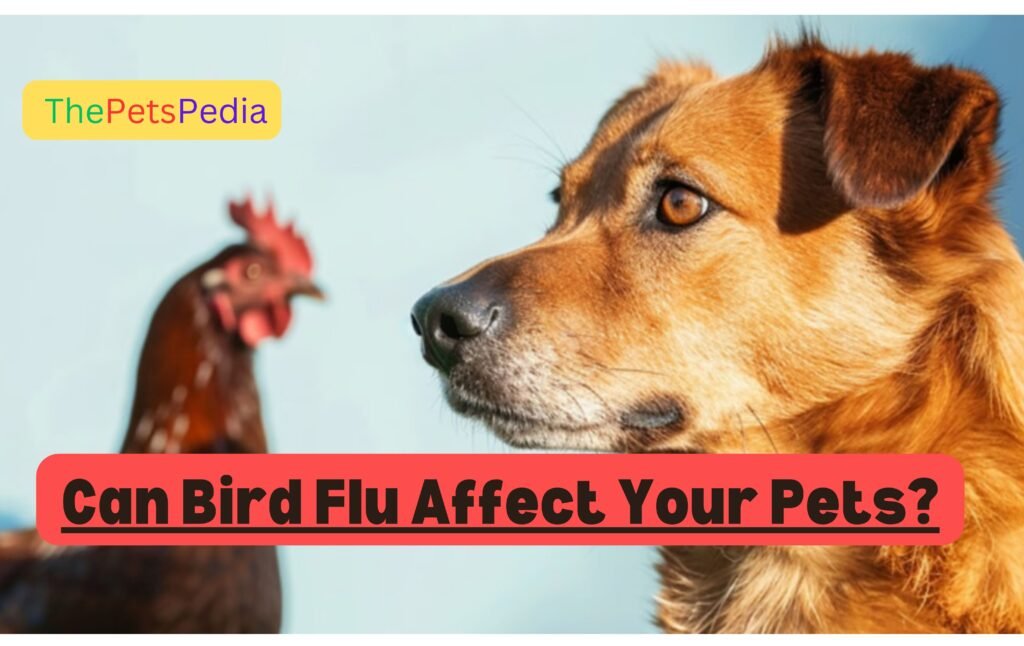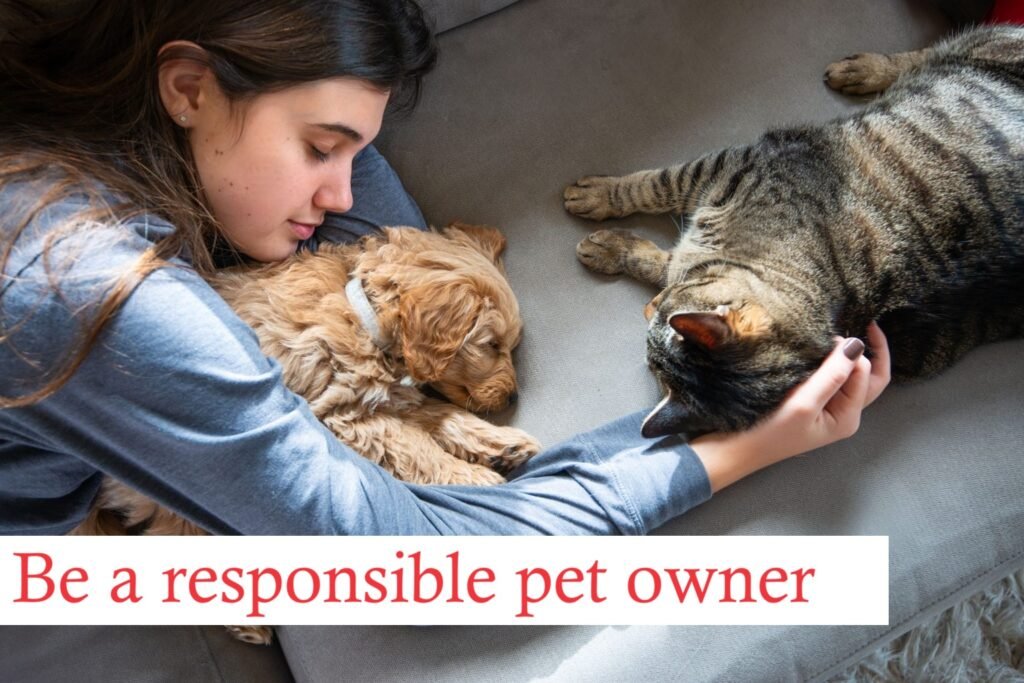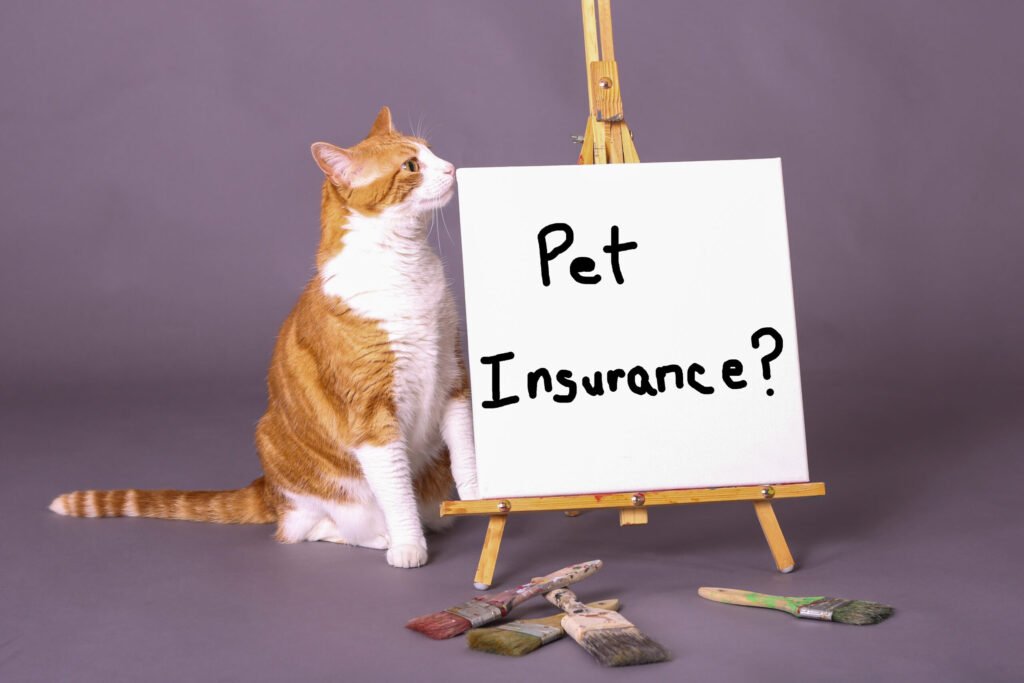Bird flu, also known as avian influenza (AI), is a viral infection primarily affecting birds, especially poultry. However, in some rare cases, it can spill over to other species, including mammals, posing a potential risk to pets. Whether you own a dog, cat, bird, exotic pet, or reptile, it’s essential to understand how bird flu works, the potential risks to your pets, and what you can do to protect them.
In this article, we’ll explore the impact of bird flu on a wide variety of pets, providing expert advice for every pet owner.
What is Bird Flu?
Bird flu is caused by influenza A viruses, particularly the H5N1 and H7N9 strains, which are highly contagious among avian species. The virus is transmitted through direct contact with infected birds, their droppings, or respiratory droplets. While wild migratory birds often carry the virus, domesticated poultry and other birds can also become infected. Though primarily a disease of birds, avian influenza has raised concerns about its transmission to mammals, including pets.
Can Bird Flu Affect Your Pets?
For most pet owners, the risk of their pets contracting bird flu is low. However, there are certain circumstances where pets can become infected, particularly if they come into close contact with infected birds or contaminated environments. The likelihood of infection varies depending on the species of pet and their exposure to potential sources of the virus.
1. Dogs and Cats
Although dogs and cats are not the primary hosts for bird flu, there have been rare cases of both species contracting the virus after close contact with infected birds. Pets that roam outdoors or frequent areas with wild birds are at a higher risk, especially if they come across sick or dead birds. Symptoms in pets may resemble those of other respiratory illnesses, including coughing, sneezing, and fever.
Pets that may be affected:
- Dogs: Labrador Retrievers, German Shepherds, Beagles, Poodles, and other outdoor dogs that may encounter infected wildlife.
- Cats: Domestic Shorthairs, Persians, Siamese, and other indoor or outdoor cats that come into contact with infected birds.
While bird flu is not a common concern for cats and dogs, it’s always best to take precautions, particularly during outbreaks of avian influenza.
2. Pet Birds
Birds, especially pet birds such as parrots, cockatiels, and canaries, are the most at risk for avian influenza. Because these birds are more susceptible to the virus, they can become infected through contact with wild birds or contaminated materials. If you own pet birds, it’s essential to be particularly cautious, especially if you live in areas where bird flu outbreaks are occurring.
Pets that may be affected:
- Finches
- Budgerigars (Budgies)
- Parrots: African Grey Parrots, Macaws, Amazons
- Cockatiels
- Canaries
Signs of avian flu in birds include lethargy, loss of appetite, difficulty breathing, or sudden death. Infected birds may also exhibit swelling, hemorrhages, or a blue discoloration of the comb and wattles.
3. Exotic Pets
Exotic pets like rabbits, guinea pigs, hamsters, and ferrets are not known to be directly affected by bird flu. However, if these pets come into contact with an environment contaminated by the virus, they could potentially be at risk for secondary infections. Pet owners should take care to limit their exotic pets’ exposure to areas frequented by wild birds or poultry farms.
Pets that may be indirectly affected:
- Rabbits
- Guinea Pigs
- Ferrets
- Hamsters
These pets are not directly susceptible to bird flu but could potentially be impacted by the spread of the virus through environmental contamination.
4. Reptiles
Reptiles, including turtles, snakes, lizards, and geckos, are not susceptible to bird flu due to their cold-blooded nature and differences in immune system function. However, like exotic pets, they could still be indirectly affected if they are housed in environments contaminated by the virus. It is essential to ensure their living spaces are clean and free from contamination.
Pets that are not affected but need protection:
- Turtles
- Snakes (e.g., Corn Snakes, Ball Pythons)
- Lizards (e.g., Bearded Dragons, Leopard Geckos)
- Geckos
Reptiles do not contract bird flu, but pet owners should ensure their habitats remain free from viral contamination.
How Does Bird Flu Spread to Pets?
While bird flu is primarily an avian disease, pets can become infected through direct contact with infected birds or indirect contact with contaminated surfaces or objects. Fomites, such as contaminated feeders, water bowls, toys, or pet carriers, can also facilitate the transmission of the virus.
Pets are at higher risk of infection if they have access to outdoor areas where infected wild birds may reside, or if they come into contact with dead or sick birds. Reverse zoonosis, where the virus is transmitted from animals (like birds) to humans or other species (like pets), is a potential risk, especially in cases where viral mutation allows for broader species adaptation.
Symptoms of Bird Flu in Pets
Infected pets may not always exhibit obvious signs of illness, but some may show symptoms typical of respiratory infections or general malaise. These may include:
- Fever (Pyrexia)
- Coughing, sneezing, or nasal discharge
- Lethargy and loss of appetite (Anorexia)
- Difficulty breathing (Dyspnea)
- Eye discharge or conjunctivitis (in pets like cats or birds)
- Vomiting or diarrhea (particularly in dogs)
In more severe cases, pets may experience septicemia (blood infection), pneumonia, or even organ failure, which can be fatal.
How Can Pet Owners Protect Their Pets?
While bird flu in pets is rare, it’s crucial to take preventive steps to reduce the risk of exposure, especially during periods of active avian influenza outbreaks.
1. Keep Pets Away from Wild Birds
The best way to reduce the risk of exposure is by keeping your pets indoors or limiting their outdoor access. Wild birds, particularly waterfowl and migratory birds, are the primary reservoirs for the virus. If you live in an area where bird flu outbreaks are occurring, it is advisable to keep pets indoors, especially if they roam outdoors.
2. Practice Good Hygiene
Ensure that you and your pets practice good hygiene. Wash your hands thoroughly after handling your pets, especially if they’ve been outside. Clean and disinfect your pet’s living area regularly, particularly if they have access to outdoor spaces or come into contact with wild birds.
3. Limit Exposure to Sick or Dead Birds
If you see a dead or sick bird, avoid allowing your pets to investigate it. Dead birds could be carrying the virus, and pets that come into direct contact with them could be at risk of infection. If you find a dead bird on your property, it’s best to call local wildlife or pest control authorities for proper disposal.
4. Secure Birdcages
For pet birds, secure their cages to prevent them from coming into contact with wild birds. If possible, keep their enclosures indoors during times of high bird flu activity. Consider restricting your bird’s exposure to outdoor environments, including balconies or porches.
5. Regular Veterinary Care
Ensure that your pets receive regular veterinary care and are up to date on vaccinations for diseases that are more common, such as canine distemper or feline respiratory infections. While there is no vaccine for avian influenza in pets, keeping your pets healthy with routine care can help them better withstand potential infections.
6. Stay Informed
Keep an eye on local health advisories regarding bird flu outbreaks, particularly in wild bird populations. Local authorities and veterinarians will provide guidance if there’s a heightened risk of exposure to pets.
What to Do if You Suspect Bird Flu in Your Pet
If your pet shows signs of a respiratory infection, particularly after exposure to wild birds or during an active outbreak of bird flu in your area, it is important to seek immediate veterinary attention. Your veterinarian will perform diagnostic tests, including PCR testing or serology, to determine if your pet has been infected with avian influenza or another respiratory virus.
Treatment may involve supportive care, such as fluid therapy, antibiotics to prevent secondary bacterial infections, and antiviral medications if available.
Conclusion
Although the risk of bird flu affecting pets is low, it’s important to take the necessary precautions to protect your pets, especially during outbreaks of avian influenza. By following preventive measures such as minimizing exposure to wild birds, practicing good hygiene, and seeking timely veterinary care, you can reduce the chances of your pet contracting the virus.
Stay informed about local bird flu risks and be proactive in keeping your pets safe. Whether you have a dog, cat, bird, exotic pet, or reptile, understanding the symptoms, risks, and preventive measures will ensure that your pets remain healthy and safe from bird flu.



